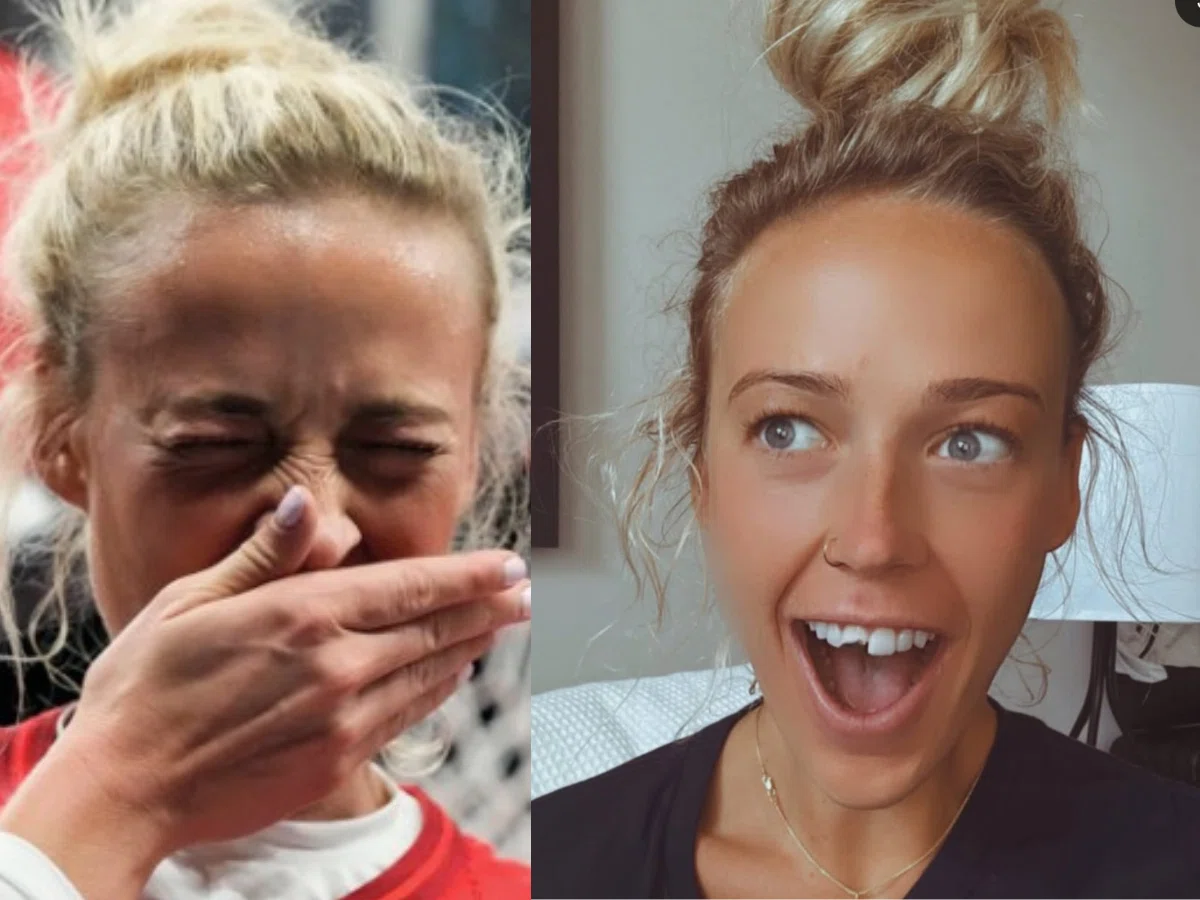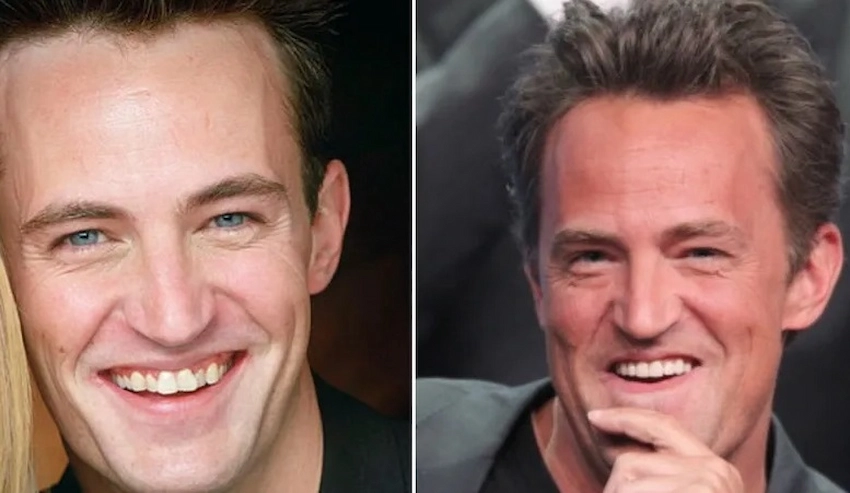🦷 What Are the Possible Complications After Brushing Your Teeth?
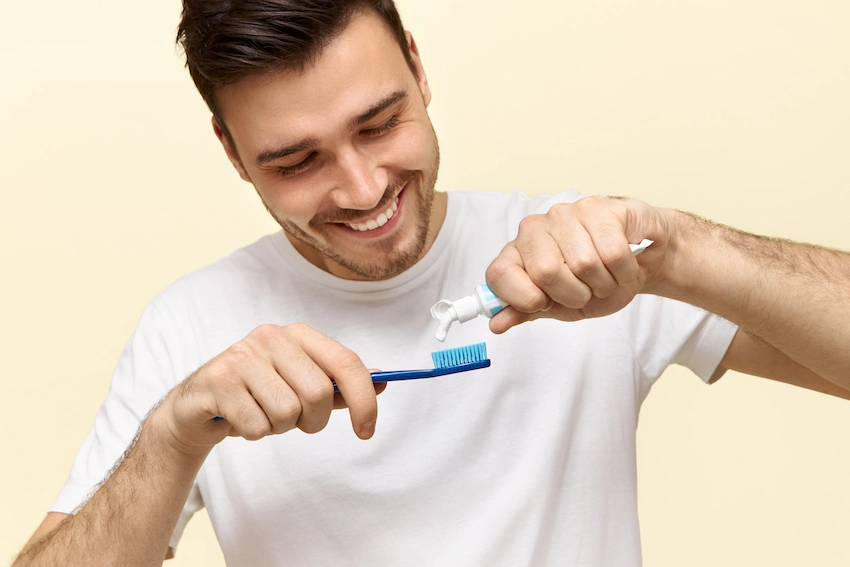
Brushing Yourself Too Hard: Possible Teeth Problems
Brushing your teeth is an activity as natural as can be, and it does not even have a second thought most days. It has been so normal that we have grown to assume that we are doing it right. But, what if by brushing your teeth, you were doing the opposite of helping your oral health?
One thing about it is that tooth brushing done in the wrong way (too hard, too often, or with the wrong tools) is a major source of several dental problems. The oral issues do not confine themselves just to the teeth; they can go further to involve your gums, and oral mucosa, and the pain or discomfort thereof could very well be chronic, long-term ones. This article offers insight into the most typical complications faced by people after their teeth have been brushed and, at the same time, shares some useful tips to escape those problems.
1. Bleeding Gums
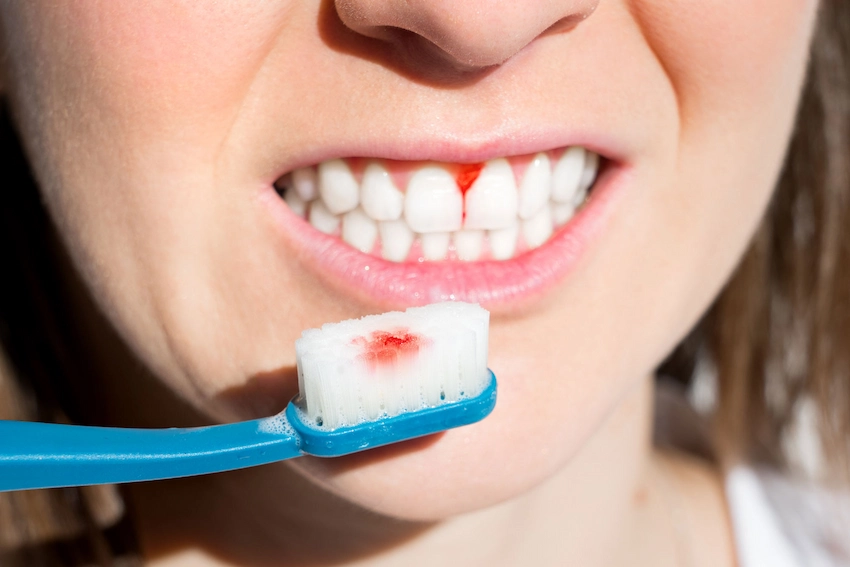
Bleeding gums are a sign that becomes very visible after the patient has brushed their teeth unfavorably. In case you still have this problem, it is a strong recommendation from me to meet your dentist and discuss the issue. The basic reason behind this issue lies in some of the teeth brushing types which are implemented very roughly, while others are a result of a non-ideal toothbrush with bristles being too hard. In the process of brushing, when too much force is exerted, there is a possibility that the gum tissues are hurt, leading to inflammation and consequently bleeding.
More than that, though, the occurrence of bleeding gums could indicate the onset of gingivitis; a condition that comes before the development of periodontitis disease, which, if not treated soon, can lead to other very dangerous health issues, such as tooth mobility or even tooth loss. Green-yellow bubble: Change to a softer toothbrush, and remember to use circular strokes. If the problem is consistent for a period of more than a week, see your dentist.
2. Gum Recession
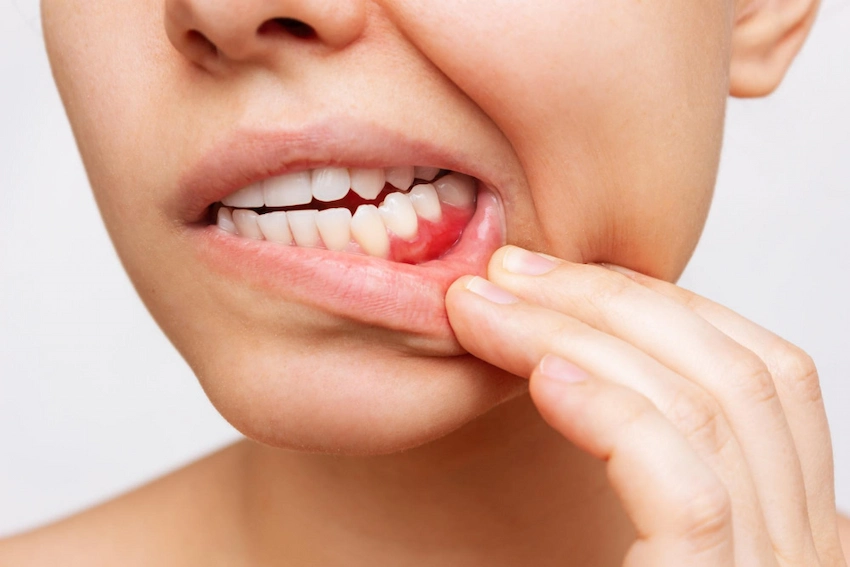
Aside from causing bleeding, aggressive brushing may also lead to gum recession, which is the gradual movement of your gum tissues away from your tooth. As the gums moved away from the teeth and receded, they uncovered the surfaces of the root, which, unlike the enamel, are not shielded, and thus may result in pain and caries development near the gumline. It can also lead to an elongated and uneven tooth look in the process.
There’s no way to grow back receded gums, but the process can be controlled if it is detected at an early stage. Use a toothbrush with soft bristles, and you may want to consider a power toothbrush if you are unable to avoid using too much pressure.
3. Enamel Abrasion
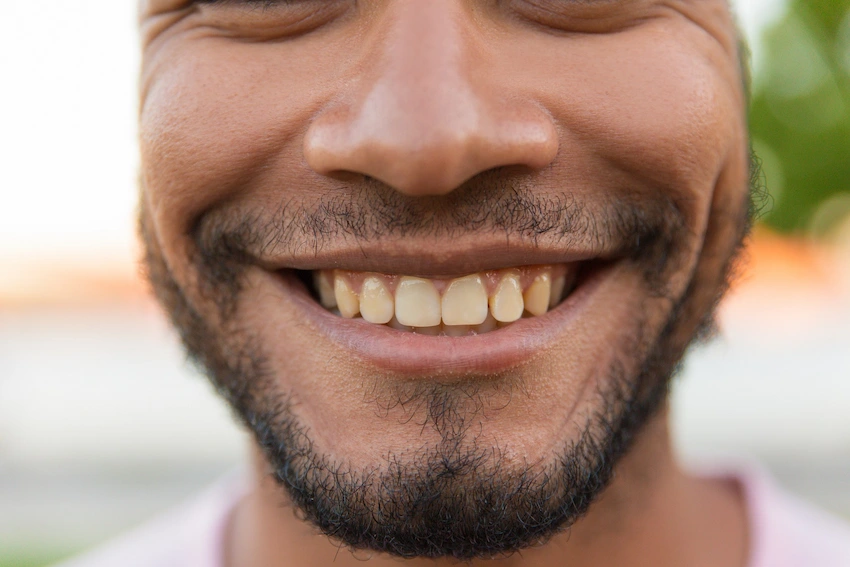
The tooth enamel is the most outer surface of the tooth and it is also the hardest substance in the human body, but it is very much destructible. The enamel is very much destructible if you brush too hard or use toothpaste that contains abrasive particles. The enamel layer wears off over time as a result of the toothpaste or aggressive brushing, which ultimately leads to enamel abrasion.
The enamel does not grow back once it is gone. Enamel goes through abrasion, resulting in teeth turning yellow, an increase in sensitivity, and more holes in the teeth, which equates to more tooth decay. Do not use toothpaste for whitening that has harsh abrasive ingredients, particularly in the case of hypersensitive teeth. You could instead go for products with “enamel-safe” or “gentle” labels.
4. Tooth Sensitivity

A common symptom of bruxism is tooth sensitivity which occurs when a patient is affected by poor brushing habits. If you experience a sudden, or little pain when eating cold ice-creams, sipping on your hot coffee, or dental cleaning, you are most likely suffering from sensitivity and the reason behind it would be the exposed dentine.
Dentin rests under the enamel, and within it are contained tiny tubules that are linked to the nerves. In situations where the enamel of the tooth is worn off or the gum has receded, the tubules become open thus, pain is felt as a result of getting in contact with high temperatures or acidic substances.
Employ toothpaste that is specially designed for people with sensitive teeth, and always make sure that your daily brushing habits aren’t causing the loss of enamel or gum as they may be contributing to the problem.
5. Mouth Irritations and Ulcers
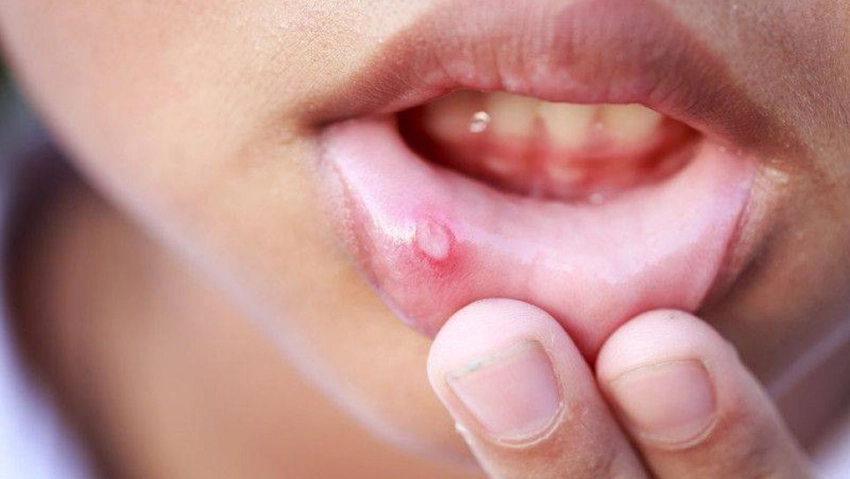
Brushing could easily result in some inflammation and redness on the inside of the cheeks, lips, or tongue if you are too careful or using a brush with hard bristles.
These irritations often develop into ulcers (canker sores), and if they are shallow in the mouth, they cause pain and make eating and speaking difficult. Although they are not transmittable, they are highly annoying and often do not heal quickly.
Tip: It is best to choose a toothbrush with soft bristles and avoid brushing the soft tissues of your mouth. If there is irritation, you should gargle with an antiseptic mouthwash to avoid infection.
6. Trauma Between the Teeth
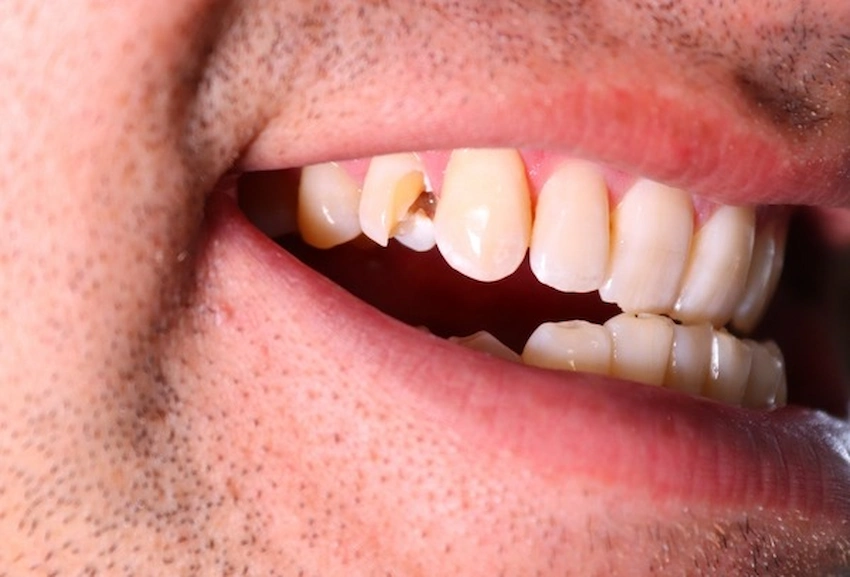
Fortunately, the majority of people remember to maintain the cleanliness of the front and tops of the teeth but they underrate the interdental spaces that can be very fragile. If improper toothbrushing is performed, the interdental papilla may suffer the most, as it is the gum tissue most vulnerable to tooth brushing of the teeth having no direct contact with each other.
This situation not only increases the chance of plaque but also can lead to the formation of pockets and therefore be a potential factor for the occurrence of such symptoms as gum bleeding and gum pain. Refrain from pressing too hard when using the brush to clean the spaces between your teeth. Floss or interdental brushes are the best choice as they are gentle and can reach the intended areas.
7. Overbrushing Syndrome
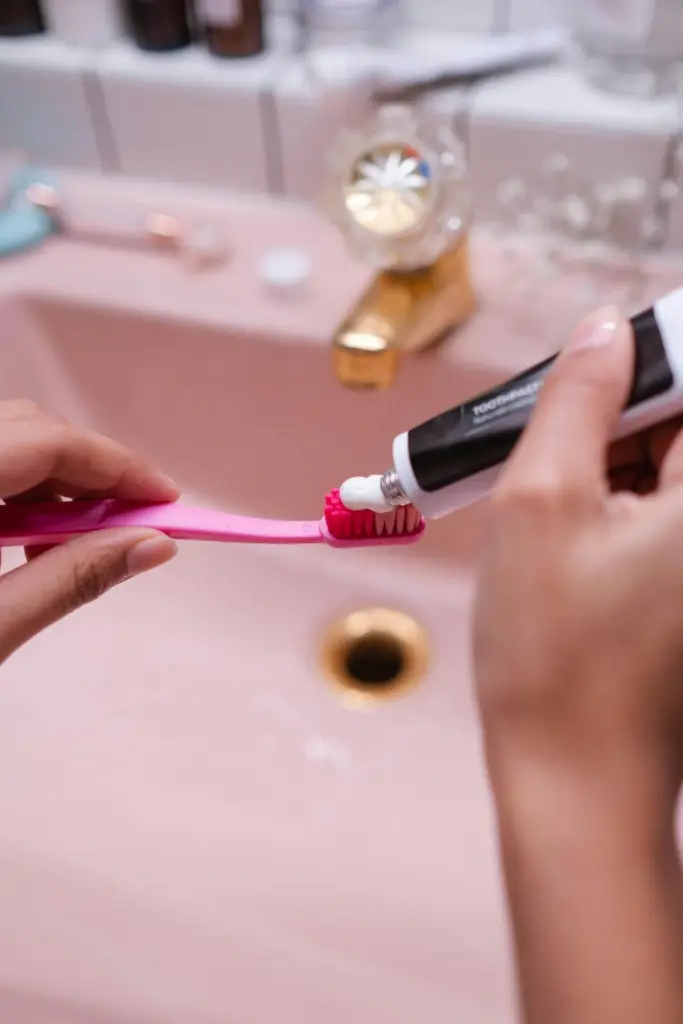
There is such a thing as too much brushing. Brushing your teeth more than three times a day and in a feverish, frenzied manner can lead to a symptom known as toothbrush abrasion, in which both enamel and the tissue around the gum line are worn away. As a consequence, one can suffer from frequent teeth and gum sensitivity, grooves along the gingiva surface, and painful changes in tooth structure as well.
It is advisable to keep following the standard pattern of brushing: twice a day for two minutes each and pay attention to the technique, not the amount of force used.
How to Brush Properly: Expert Tips for Safe Brushing
You can avoid all these problems if you take the right approach to cleaning your teeth. Below are the dentist’s recommendations:
- Use a soft-bristled toothbrush—manual or electric
- Brush two times a day for 2 minutes—do not brush too long or too short
- Tilt the brush at an angle of 45 degrees to your gums
- Use light circular motions—do not scrub from one side to the other
- Use a pea-sized amount of toothpaste with fluoride
- Do not brush immediately after an acidic meal—wait for 30 minutes
- Regularly get cleanings from your dentist and have your technique evaluated
Brush Smarter, Not Harder
Having your teeth cleaned should provide a smile that is healthy rather than that which causes trouble. The thing is that, without realizing it, literally millions of people are using wrong brushing habits daily, which triggers issues such as bleeding gums, enamel wear, gum recession, and others. Here’s the good news: a few changes you make to your brushing routine can completely turn the tide in your gums and teeth’s favor as it cleans and protects them at the same time.
If you are not clear about your technique being right, or if by chance, you notice any of the problems listed, make a dental appointment for professional advice. A stitch in time saves nine, and a well-educated and disciplined person is the best strategy for a prevention plan. Your smile deserves gentle care. Be smart while brushing and you will get it there for many years.
FAQ: Brushing Yourself Too Hard: Possible Teeth Problems
Absolutely! By exerting too much pressure on your teeth, you may not only destroy the gums but also the tooth enamel, bringing about sensitive teeth, receding gums, and tooth abrasion, which is a process that takes place over the years.
Gums that bleed are usually the outcome of hyperactive brushing or the use of a hard-bristled brush. The other possibility is that it could be a sign of gingivitis, the first stage of gum disease.
Affirmative. If you continue brushing your teeth more than three times daily, especially in a forceful manner, you can weaken your enamel and damage the gum tissue. Set a time for brushing your teeth and comply with it.
No, not immediately. After eating, it is advisable to wait at least 30 minutes, especially when having acidic foods, in order to avoid brushing your teeth when the enamel has softened and end up having food particles causing wear on your teeth.
The toothbrush with soft bristles is the best. This type of toothbrush enables thorough cleaning without hurting the gum or the enamel and it is a kind that is highly recommended by most dentists.


